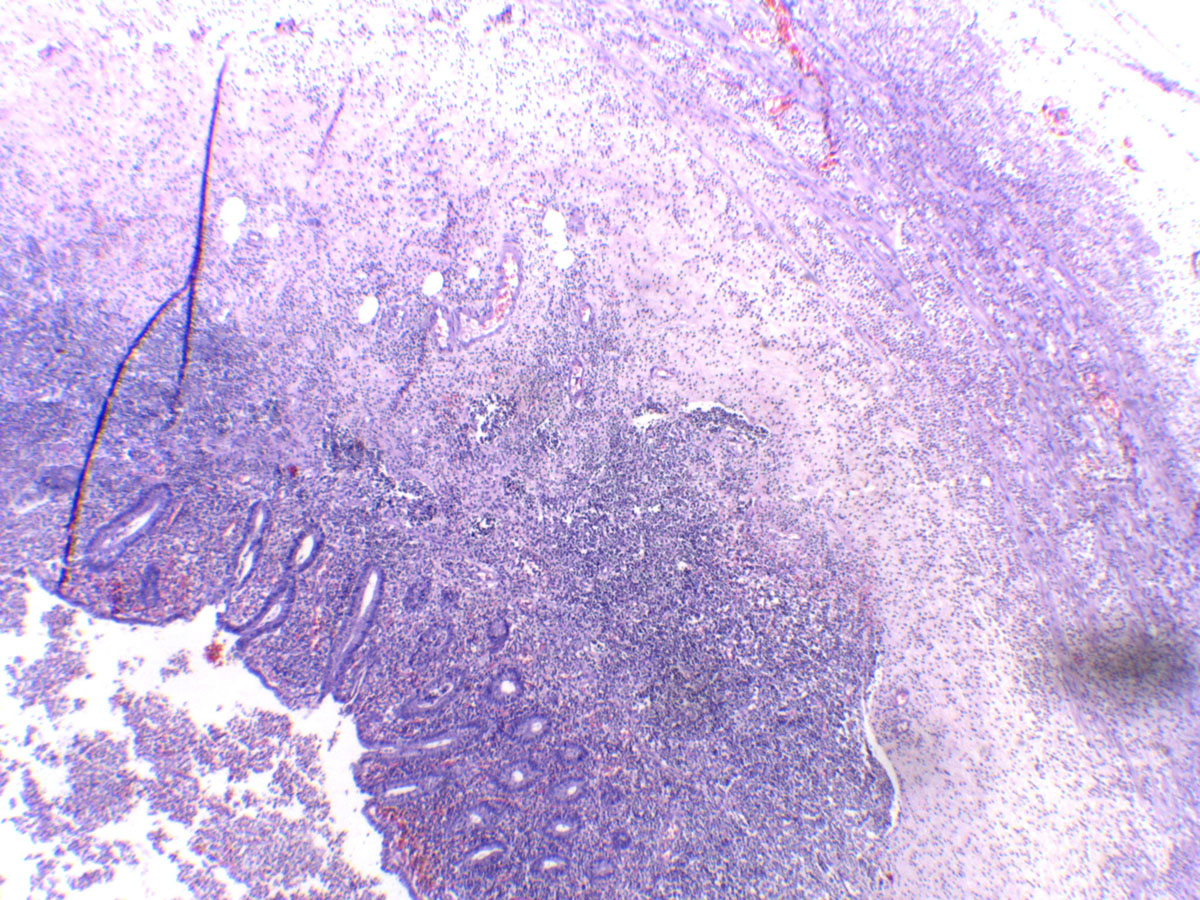
The appendix, also called the vermix is an organ shaped like a small, blind-ended tube, located at the juncture of small and large intestine. It is commonly believed that the appendix has no function in the human body or that its original purpose and function has been lost during the evolution.
However, this belief has been argued by many experts and researchers and today immunologists believe that the appendix is important because it harbors and produces bacteria that are important for the colon.
The most common diseases of the appendix are appendicitis and cancer. Appendicitis is an inflammation of the appendix.
Appendicitis is not easily diagnosed because its symptoms correspond to those of other gastrointestinal diseases. If it is neglected, it may lead to rupture or perforation of the appendix. The infected contents spill into the abdomen, which is potentially life-threatening.
The symptom of appendicitis is pain. It starts at the navel region, spreading progressively towards the right-hand side of the abdomen, as the pain increases. Movement makes the pain worse and nausea is possible after consuming food or liquids. The abdomen becomes rigid which causes discomfort. The patient may also have constipation, diarrhea and fever.
Diagnosis of appendicitis is usually based on ruling out other possible causes of abdominal pain. The doctor investigates the location, frequency and severity of the pain, especially the way it responds to movement. Laboratory tests may be made but they will only indicate a high white blood cells count, typical for any infection. Urine tests are also ineffective. A definitive diagnosis requires a CT scan (computed tomography).
When appendicitis is diagnosed, it is usually recommended to remove it surgically, in order to prevent the rupture. Since it is believed that the appendix has no function in the body, it is not uncommon that surgeons remove a healthy appendicitis during an abdominal surgery, in order to prevent possible inflammation and rupture.
The surgery for removing the appendix is called an appendectomy. It can be done by a standard surgical operation or by laparoscopy. The recovery from an appendectomy depends on many factors, like age, condition and others, but it usually takes from 10 to 28 days.
A ruptured appendix causes many complications and requires a long period of recovery. It is believed that the appendicitis can be prevented with a regular intake of tomatoes and green leafy vegetables.
The exact causes of appendicitis are not well known, but it is believed that obstruction, ulceration and infection can trigger this condition.

















Your thoughts on this
Loading...